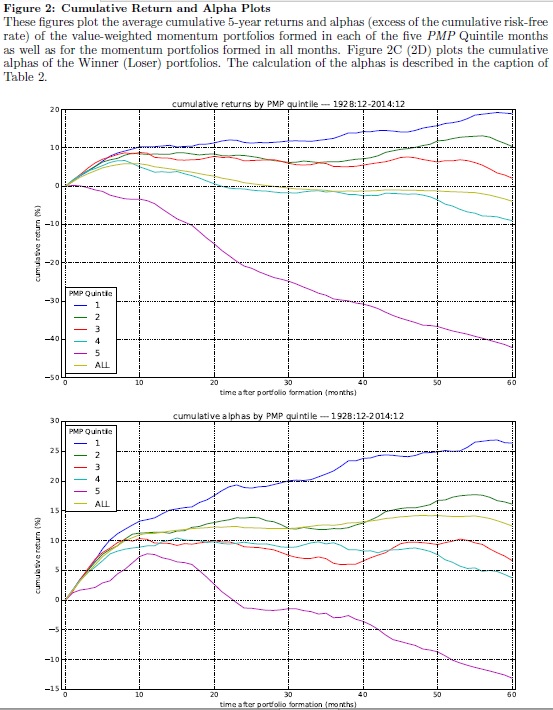Interesting academic paper which analyzes different definitions of "Quality" factor:
Authors: Hsu, Kalesnik, Kose
Title: Survey of Quality Investing
Link: https://papers.ssrn.com/sol3/papers.cfm?abstract_id=2971185
Abstract:
Factor investing has experienced a resurgence in popularity under the moniker “smart beta.” Several traditional factors, such as value, size, momentum, and low beta, are well defined and have been heavily researched in academia as return anomalies for many decades. These factors have also been exploited by practitioners as quantitative strategies for enhancing returns. Today, these factors each define a distinct smart beta category (think of style boxes for smart beta strategies) and are the foundational building blocks for the now-ubiquitous multi-factor products.
Notable quotations from the academic research paper:
"The recently popularized quality factor, however, appears to stand-alone in many regards. Like the four previously named factors (value, size, momentum, and low beta), quality investing has been widely practiced as an investment strategy by portfolio managers. MSCI, FTSE Russell, S&P, EDHEC, and Deutsche Bank, among others, have created quality factor indices for licensing and have generally included quality as a part of their multi-factor offerings. But, unlike the conventional factors, quality as a source of return has attracted limited academic attention and has been focused on only some facets of what practitioners categorize as quality. In a way, quality is a product waiting for academic validation, and the early results appear to be more inconclusive than its massive popularity might warrant.
In a routine product conversation with investors, the quality factor is pitched by providers as an independent source of return and as providing diversification due to its supposedly low correlation with the value factor. What remains uncomfortable for researchers, however, is that the quality factor is constructed very differently than other factors. Factors, such as value or low beta, are created from a particular stock characteristic (or a set of highly related stock characteristics) to capture a risk premium associated with an undiversifiable economic risk or to capture an anomalous return associated with a persistent investor behavioral bias. For example, the value factor is generally constructed from stocks that have high book-to-price, high earnings-to-price, high dividend-to-price, or some combination of these valuation measures. Regardless of the chosen definition for factor construction, the resulting portfolio looks and feels like a value portfolio in that it owns low valuation stocks.
In contrast, quality factor portfolios, as constructed by the different providers, have been entirely multi-signal in nature. Providers tag a stock as high quality if it scores high on some combination of the following attributes: earnings growth, earnings-growth stability, low return-volatility, high profitability, high return on assets (ROA), low debt ratio, and low accounting accruals. We begin our study by examining definitions of quality implemented in different product offerings. We show that quality, as executed by practitioners, is a collection of heterogeneous signals having little correlation with each other. Quality, as currently defined, would seem to be a catch-all bucket for those portfolios that blend many otherwise independent return factors.
These stock screens appear to favor heterogeneous groups of stocks and produce portfolios with low correlation to one another. The stocks appear to be selected for their diversity, and the multiple signals used in constructing the quality portfolios do not appear to be proxies for a single specific risk exposure or behavioral anomaly. Thus, a quality portfolio can seem more like a quantitative strategy based on multiple signals than a factor in the heritage of the arbitrage pricing theory (APT) framework. This unique feature plays an important role in how we analyze quality products versus how we examine other more conventional factors.
Because quality is being defined as it is—a collection of heterogeneous signals—a spectrum of possible portfolio outcomes exists. In the most positive case, the resulting quality portfolio has impressive out-of-sample performance if each of the signals or characteristics included in the construction of the portfolio represents a unique source of premium, whether risk based or behavioral based. In this case the resulting quality portfolio would be a multi-factor portfolio offering a diversified basket of excess returns.
In the worst case, the multi-signal portfolio will have indistinguishable from zero out-of-sample performance despite its impressive back-tested t-stats. Why could t-stats be misleading in this case? The large pool of multiple signals to select from creates opportunities for intentional or unintentional data mining overstating the t-stats; this issue has been emphasized by Harvey, Liu, and Zhu (2015). Further, from Novy-Marx (2016) we know that combining several uncorrelated factors selected because of their spurious in-sample performance further overstates the t-stat. For example, if an ex ante random strategy has an in-sample t-stat larger than 2 with only a meager 5% probability, then a mix of three such strategies selected ex post for best performance out of 20 strategy realizations will register a t-stat above 2 with a probability of nearly 98%. In reality, this portfolio will offer investors nothing more than noise and unwarranted fees and expenses, suggesting that the process of analyzing and contrasting different quality portfolio methods is both more difficult and more important.
Given the observation that quality is a collection of heterogeneous signals, we examine where the current quality portfolios are on the spectrum of robustness: from being a collection of robust anomalies with a high chance of outperformance, at one end, to being a collection of signals selected due to their spurious in-sample performance with little chance of outperformance out of sample, at the other end. We use the Hsu, Kalesnik, and Viswanathan (2015) method to identify robustness of variables used in quality definitions."
Are you looking for more strategies to read about? Check http://quantpedia.com/Screener
Do you want to see performance of trading systems we described? Check http://quantpedia.com/Chart/Performance
Do you want to know more about us? Check http://quantpedia.com/Home/About

 "
"





